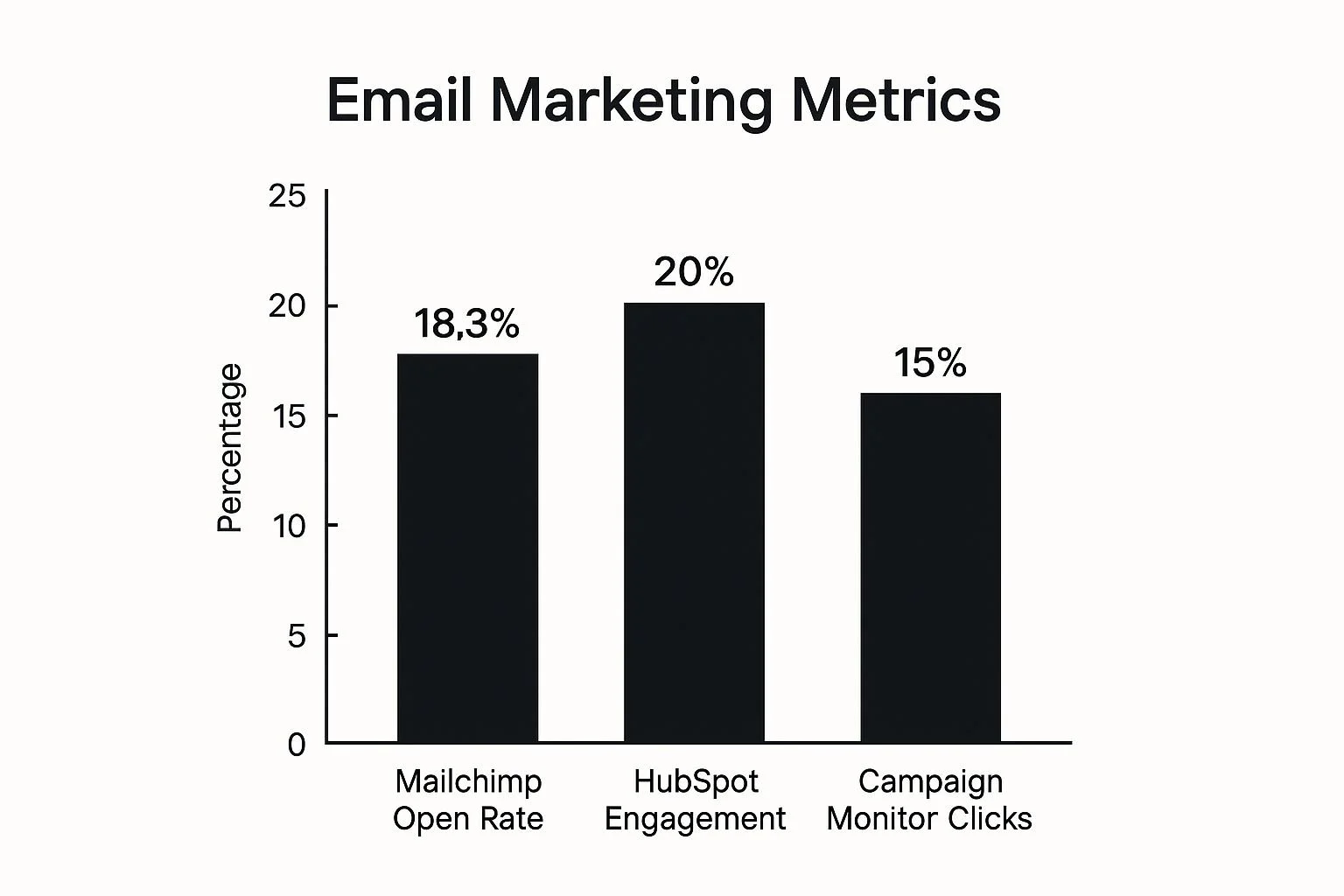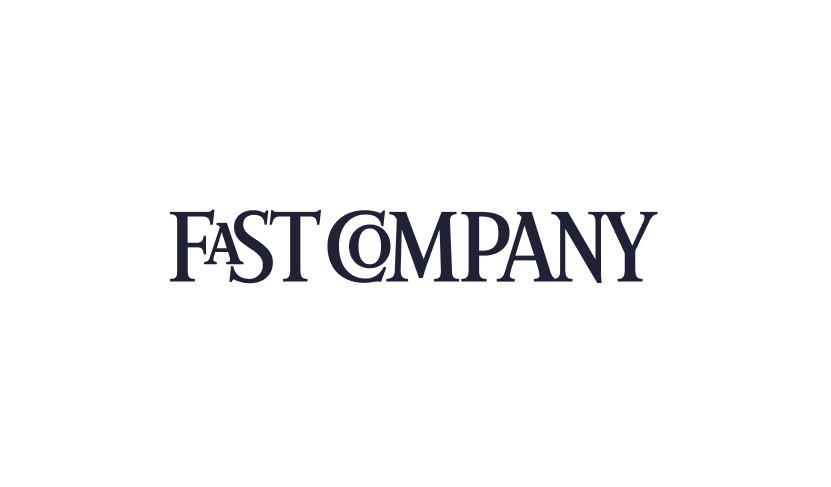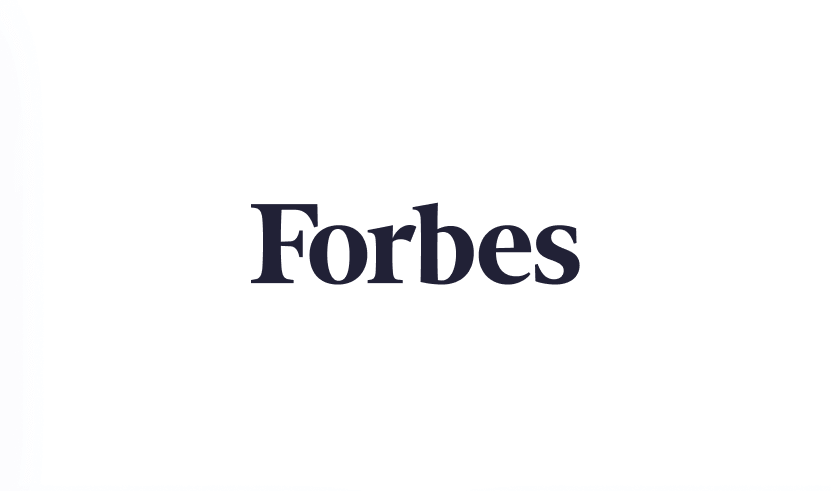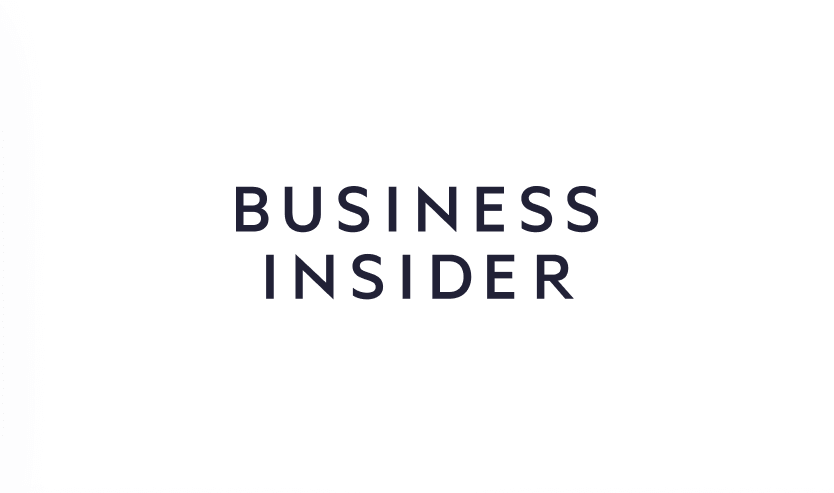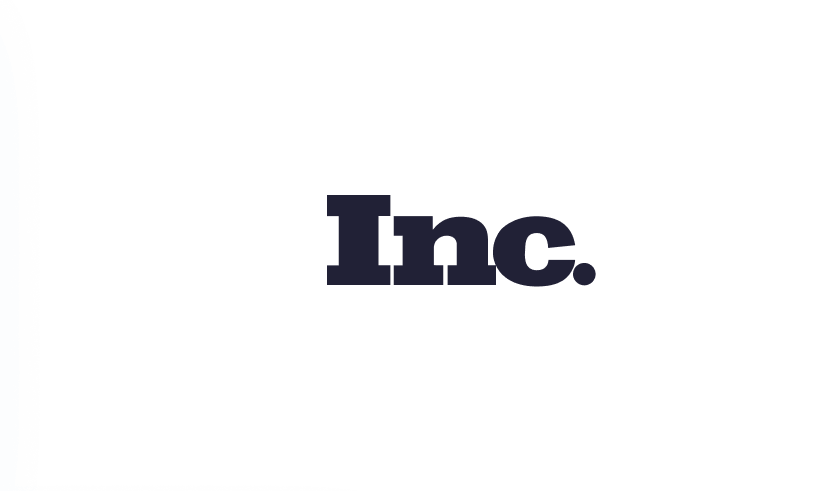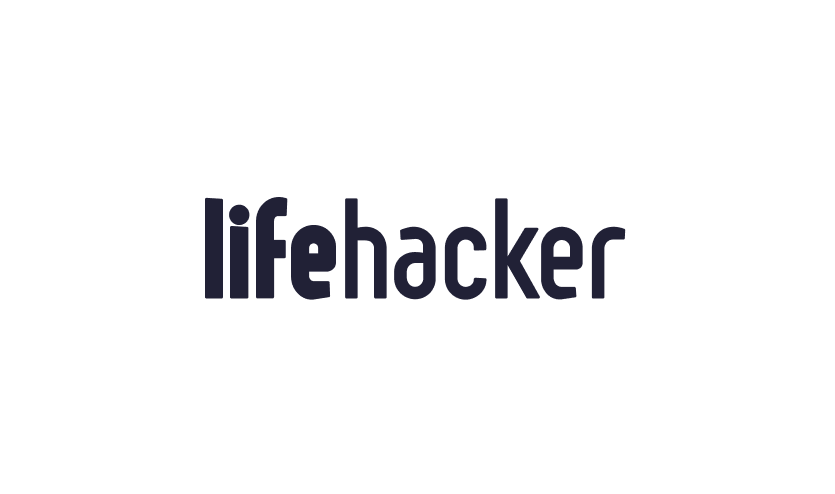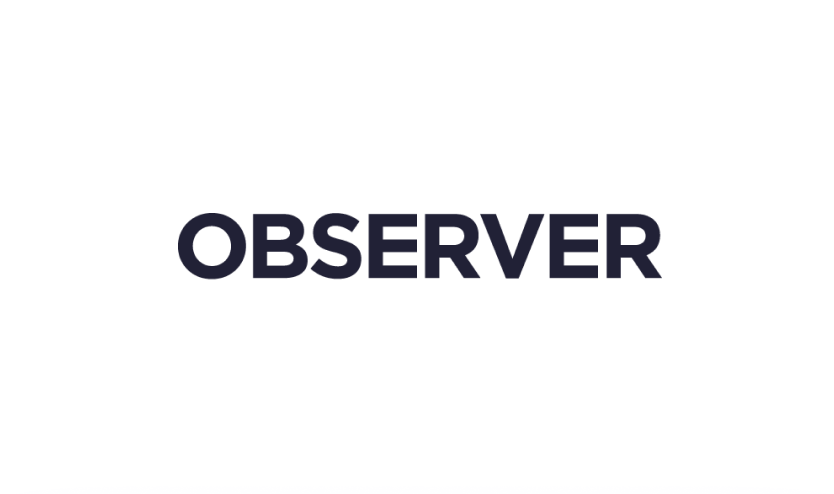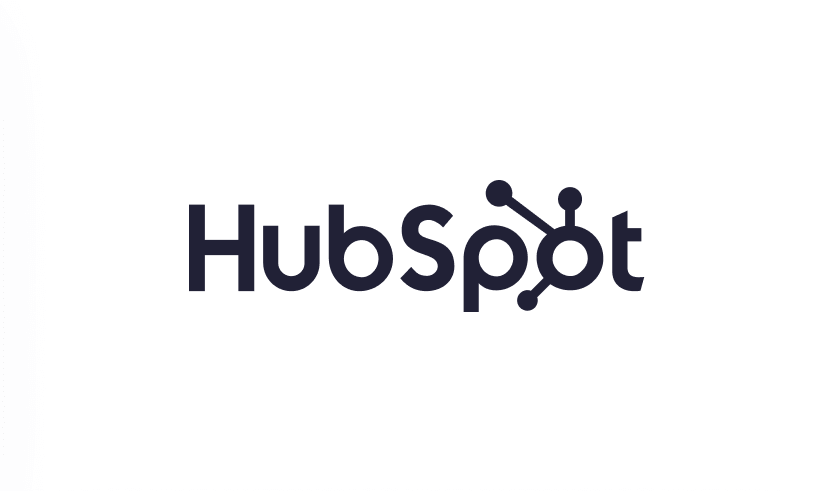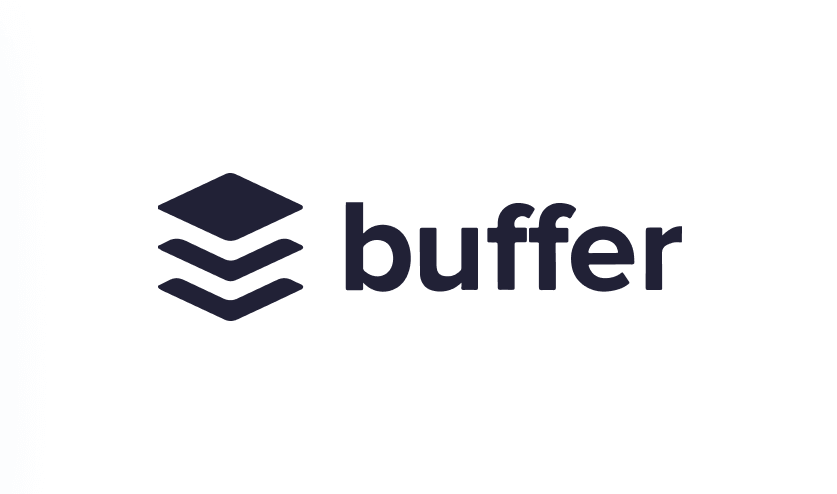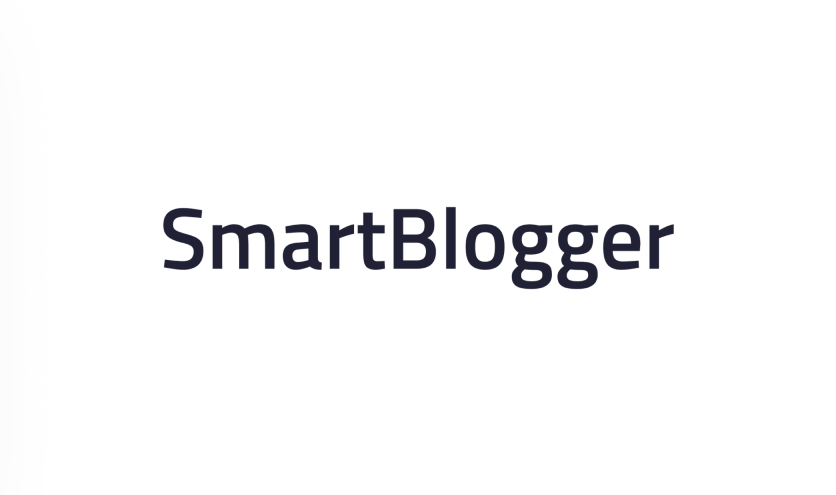Best Day to Send Marketing Emails in 2025: Maximize Results
Unleash Your Email's Power: Timing Is Key
Want to know the best day to send marketing emails? This listicle reveals six data-backed strategies to maximize your email open rates and boost revenue. Discover which day works best for your audience, from Tuesday's peak performance to the weekend's niche targeting opportunities. We'll cover the Monday Fresh Start, Wednesday Consistency, Thursday Momentum, and Friday Casual Engagement strategies, too. Find your perfect send day, curated by email marketing expert Chase Dimond.
1. Tuesday Peak Performance Strategy
When it comes to the best day to send marketing emails, Tuesday consistently emerges as a top contender. The Tuesday Peak Performance Strategy capitalizes on this trend, leveraging Tuesday as the optimal day for email marketing campaigns based on extensive industry research and observed user behavior patterns. Studies consistently demonstrate that Tuesday delivers the highest open and engagement metrics, making it a reliable day for maximizing email campaign effectiveness. This strategy is particularly valuable for e-commerce business owners, marketing managers, entrepreneurs, and anyone looking to boost their email marketing ROI. Are you an e-commerce brand owner trying to boost revenue? A freelancer looking to up their email game? This strategy could be key to your success.
This approach works by aligning email sends with user behavior. As people settle into their work week routine after the Monday rush, they are more likely to engage with their inbox. Tuesday presents a sweet spot before the mid-week slump and the weekend distractions set in. The Tuesday Peak Performance Strategy exploits this window of opportunity to deliver marketing messages when audiences are most receptive.
Several key features contribute to Tuesday's effectiveness: highest average open rates (typically between 18-20%), peak engagement occurring between 10 AM and 2 PM, optimal click-through rates across various industries, and consistent performance across both B2B and B2C segments. This makes it a versatile strategy for a wide range of businesses and marketing objectives.
The pros of adopting a Tuesday Peak Performance Strategy are compelling. It boasts a proven track record with the highest open rates, capitalizes on users being settled into their work week routine, experiences less competition than the Monday rush, and offers reliable performance across different industries. Several successful implementations underscore these benefits. For instance, Mailchimp data reveals an average open rate of 18.3% on Tuesdays, HubSpot reports 20% higher engagement on Tuesday campaigns, and Campaign Monitor found that Tuesday generates 15% more clicks compared to other days.
However, like any strategy, the Tuesday Peak Performance Strategy also has its cons. The very popularity of Tuesday means there's high competition from other marketers, potentially leading to inbox saturation. It's also important to note that Tuesday isn't optimal for all audience types, and weekend preparation emails might get lost in the Monday morning influx.
The following infographic visualizes key data points from these industry leaders, comparing open rates, engagement, and click-through performance specifically on Tuesdays:
As the bar chart demonstrates, Mailchimp, HubSpot, and Campaign Monitor all report significantly positive results for Tuesday email campaigns. This highlights the consistent effectiveness of Tuesday across different platforms and metrics.
To maximize the impact of the Tuesday Peak Performance Strategy, consider the following tips: send emails between 10 AM and 2 PM for maximum reach, A/B test Tuesday against other days to fine-tune your strategy for your specific audience, avoid major holidays and industry-specific busy periods, and monitor competitor sending patterns to identify optimal sending windows.
Learn more about Tuesday Peak Performance Strategy
The Tuesday Peak Performance Strategy deserves its place on this list because it offers a data-driven approach to optimizing email marketing campaigns. By leveraging the proven effectiveness of Tuesday sending, businesses can significantly improve their open rates, engagement, and ultimately, their bottom line. While it’s important to always test and adapt to your specific audience, the Tuesday Peak Performance Strategy provides a strong foundation for building a successful email marketing program. This approach has been popularized by extensive research studies from industry leaders like Mailchimp, HubSpot marketing analytics, and Campaign Monitor industry reports, solidifying its position as a best practice in email marketing.
2. Thursday Momentum Strategy
The Thursday Momentum Strategy leverages the pre-weekend psychology of your audience to boost email marketing engagement. As the workweek winds down, recipients are often in a more positive and forward-looking mindset, anticipating the weekend while still maintaining a degree of weekday productivity. This sweet spot presents a unique opportunity to capture their attention and drive conversions. This strategy often yields the second-highest engagement rates after Tuesday, making it a powerful tool in your email marketing arsenal, particularly effective for promotional content and event announcements related to weekend activities.
This strategy's effectiveness stems from a delicate balance of attention and anticipation. While recipients are still engaged in their workweek routines, their thoughts are beginning to drift towards weekend plans and leisure activities. By aligning your email content with this mindset, you can tap into their excitement and increase the likelihood of engagement. This makes Thursday an excellent day to send marketing emails, specifically for those promoting weekend-oriented products, services, or events.
The Thursday Momentum Strategy boasts several key features that contribute to its success. It consistently delivers the second-highest open rates, typically falling within the 17-19% range. It exhibits particularly strong performance for promotional content, making it ideal for driving sales and special offers. Furthermore, it proves highly effective for weekend event announcements, capitalizing on the audience's anticipation for upcoming leisure activities.
Pros of Implementing the Thursday Momentum Strategy:
Lower Competition: Compared to the often-saturated Tuesday inbox, Thursday offers a less competitive landscape, increasing the chances of your email standing out.
Positive Recipient Mindset: The pre-weekend anticipation puts recipients in a generally positive and receptive frame of mind, increasing the likelihood of engagement with your message.
Ideal for Weekend Promotions: This strategy aligns perfectly with promotions and announcements related to weekend activities, products, or services.
Strong Tuesday Alternative: When Tuesday's email volume becomes overwhelming, Thursday provides a robust alternative for achieving high engagement.
Cons to Consider:
Holiday Week Performance Dip: Engagement can significantly decrease on or around holiday weeks as people shift their focus away from work and routine emails.
Unsuitable for Urgent Communications: The more relaxed Thursday mindset might not be ideal for time-sensitive or urgent messages requiring immediate action.
Reduced Business Focus: The weekend mindset can sometimes reduce engagement with content requiring deep focus or relating strictly to business matters.
Real-World Examples of Thursday Momentum Success:
Retail brands leveraging this strategy for weekend sale announcements have seen a 22% increase in click-through rates compared to other weekdays.
Event companies promoting weekend events through Thursday emails have reported a 25% boost in registrations.
Restaurant chains utilizing Thursday emails for weekend reservation promotions have achieved a remarkable 30% increase in booking rates.
Actionable Tips for Maximizing the Thursday Momentum Strategy:
Weekend-Centric Content: Focus your email content on weekend-related promotions, events, and activities to resonate with the recipient's mindset.
Optimal Send Time: Aim to send your emails between 1-3 PM, coinciding with peak energy levels and pre-weekend anticipation.
Anticipatory Language: Use language that creates excitement and anticipation for the weekend, drawing recipients into your message. Phrases like "Get Ready for the Weekend," "Weekend Deals," or "Your Weekend Starts Now" can be highly effective.
Avoid Complex Content: Refrain from sending heavy, complex content requiring deep focus. Keep it light, engaging, and easy to digest.
Implementing the Thursday Momentum Strategy can significantly enhance your email marketing results by tapping into the powerful psychological drivers of anticipation and the desire for weekend relaxation. By carefully crafting your message, focusing on weekend-related content, and adhering to the suggested tips, you can effectively leverage this strategy to boost open rates, click-through rates, and ultimately, your bottom line. This strategy deserves its place on the list of best days to send marketing emails because it offers a proven alternative to the often-crowded Tuesday inbox, allowing you to connect with your audience in a positive and receptive frame of mind. By understanding the nuances of the Thursday Momentum Strategy and applying it strategically, you can achieve significant improvements in your email marketing performance.
3. Wednesday Consistency Strategy
When searching for the best day to send marketing emails, Wednesday often emerges as the "Goldilocks" solution – not too early, not too late. This Wednesday Consistency Strategy provides a reliable and steady performance, making it a safe and predictable choice for reaching your target audience. It avoids the crowded inbox of Monday and Tuesday, and the weekend anticipation of Thursday and Friday, while maintaining respectable engagement rates across diverse audience segments. This makes Wednesday a valuable strategy for consistent email marketing success.
This approach focuses on leveraging the mid-week stability to build a reliable email marketing cadence. Instead of chasing the potentially higher, but more volatile open rates of Tuesday or Thursday, the Wednesday strategy prioritizes consistency. It acknowledges that while those peak days might offer slightly better performance in some instances, they are also susceptible to greater fluctuations. Wednesday, on the other hand, offers a predictable platform for consistent delivery and engagement. This predictability allows you to more accurately gauge the effectiveness of other elements of your email marketing campaigns, like subject lines or content variations, without the added variable of daily email traffic fluctuations.
Features and Benefits of the Wednesday Consistency Strategy:
Most consistent performance across industries: Whether you're in B2B, e-commerce, or publishing, Wednesday maintains reliable engagement.
Stable 16-18% open rates: While not the highest achievable open rates, the consistency of these numbers allows for predictable forecasting and planning.
Reliable engagement regardless of season: Seasonal trends impact email marketing, but Wednesday performance remains relatively stable throughout the year.
Balanced attention levels from recipients: Subscribers are less likely to be overwhelmed by email volume mid-week, allowing your message to cut through the noise.
Weighing the Pros and Cons:
Pros:
Highly predictable performance: This allows for better planning and forecasting of email marketing ROI.
Less day-of-week variability: Provides a stable baseline for analyzing other marketing variables.
Good for A/B testing other variables: The consistent environment makes Wednesday ideal for testing subject lines, content, and calls to action.
Reliable backup option: If your primary send days (like Tuesday or Thursday) underperform, Wednesday provides a reliable fallback.
Cons:
Lacks the peak performance of Tuesday/Thursday: You might sacrifice some potential opens and clicks compared to peak days.
May seem unremarkable or forgotten: Without the urgency of early week or the weekend anticipation, your emails might be perceived as less timely.
Mid-week fatigue can affect some audiences: By Wednesday, some subscribers might be experiencing email overload.
Real-World Examples of Success:
B2B companies: Many B2B companies report consistent open rates around 17% on Wednesdays, demonstrating the strategy's effectiveness in this sector.
Newsletter publishers: Publishers often see steady 15% click rates on Wednesdays, showcasing the reliability for content-driven emails.
E-commerce brands: E-commerce businesses can maintain average conversion rates of 3.2% on Wednesdays, proving its viability for driving sales.
Actionable Tips for Implementing the Wednesday Consistency Strategy:
Use for important announcements requiring reliable delivery: When you need to ensure your message reaches a broad audience, Wednesday is a dependable choice.
Perfect for weekly newsletter schedules: The consistent nature of Wednesday aligns well with regular newsletter distribution.
Ideal for testing subject lines and content variations: The stable environment allows for clear A/B testing results.
Send during lunch hours (11 AM - 1 PM) for best results: This timeframe often sees increased email engagement as people check their inboxes during breaks.
The Wednesday Consistency Strategy provides a balanced approach to email marketing. While it may not always achieve the highest peaks, its consistent performance offers a reliable foundation for building a successful email program. By understanding the nuances of this strategy and applying the provided tips, you can leverage Wednesday's predictability to drive consistent results for your business. When you need reliable delivery and consistent engagement, Wednesday is the best day to send marketing emails. Learn more about Wednesday Consistency Strategy This link offers additional insights into crafting effective email campaigns. It delves deeper into the principles of a winning email, complementing the Wednesday strategy and providing a holistic approach to email marketing. This makes it an excellent resource for e-commerce business owners, marketing managers, entrepreneurs, and email marketers looking to optimize their strategies.
4. Monday Fresh Start Strategy
The Monday Fresh Start Strategy capitalizes on the pervasive psychology of new beginnings and renewed focus that characterizes the start of the workweek. While Mondays often see lower overall email open rates compared to other days, strategically leveraging this “fresh start” mentality can yield surprisingly effective results for specific types of email content. This approach isn't about blasting promotional emails; instead, it focuses on providing value aligned with the recipient’s mindset of planning and organization. If you're looking for the best day to send marketing emails for content related to planning, organization, and education, Monday might be surprisingly effective.
This strategy works by aligning your email content with the recipient’s likely frame of mind at the start of the week. People are generally more receptive to content that helps them organize, plan, and prepare for the week ahead. Instead of seeing your email as an interruption, they can perceive it as a valuable resource contributing to their productivity. This makes Monday an ideal day for sending content such as weekly roundups, planning guides, motivational messages, and educational resources.
Think about it: Monday morning, your inbox is likely overflowing with unread emails. Most of these are probably promotional emails vying for your attention. Amidst this clutter, an email offering practical advice, helpful resources, or a clear roadmap for the week ahead can stand out. This is where the Monday Fresh Start Strategy shines.
Features of the Monday Fresh Start Strategy:
Captures 'fresh start' mentality: Leverages the psychological predisposition towards planning and organization at the start of the week.
Higher open rates for planning and organizational content: While general open rates might be lower, targeted content related to planning sees increased engagement.
Less competition in some niches: While Monday mornings are busy, many businesses focus on promotional emails, leaving space for other content types.
Strong performance for weekly digest formats: The beginning of the week is an ideal time to provide a summary of relevant information or updates.
Pros:
Recipients are planning their week: Your email arrives when users are actively thinking about their schedule and priorities.
Excellent for educational and planning content: This type of content resonates with the Monday morning mindset.
Lower competition in many industries: Fewer businesses are leveraging the "fresh start" angle.
Good for weekly recurring campaigns: Establishes a consistent rhythm for delivering valuable content.
Cons:
Generally lower overall open rates (14-16%): Mondays are notorious for lower open rates compared to other weekdays.
High email volume on Monday mornings: Your email competes with a higher volume of messages in the recipient’s inbox.
Recipients may be overwhelmed or distracted: The start of the week can be a busy and stressful time.
Poor performance for promotional content: Avoid overtly promotional emails on Mondays; they are less likely to resonate.
Examples of Successful Implementation:
Productivity apps: Some productivity apps have reported a 25% increase in engagement on Mondays, indicating a higher user interest in planning and organization tools at the start of the week.
Weekly newsletter formats: Newsletters curated with relevant industry news, tips, and resources often achieve open rates around 18% on Mondays, exceeding the average Monday open rate.
Educational content: Companies focusing on educational content, such as online courses or training platforms, often see a 20% performance improvement for emails sent on Mondays compared to promotional emails sent on the same day.
Tips for Implementing the Monday Fresh Start Strategy:
Send after 10 AM to avoid morning email overload: Give recipients time to settle in and clear out their initial inbox rush.
Focus on planning, organizing, and educational content: Tailor your message to provide value aligned with the recipient’s mindset.
Use motivational and inspirational messaging: Start the week on a positive note and encourage engagement.
Avoid heavy sales pitches or complex offers: Keep your message concise, focused, and value-driven.
The Monday Fresh Start Strategy isn't a one-size-fits-all solution. It requires careful consideration of your target audience, industry, and the type of content you're sharing. However, by understanding the psychology behind the Monday morning mindset and strategically aligning your email marketing efforts, you can effectively leverage this often-overlooked opportunity to connect with your audience and drive meaningful engagement. If you're looking for the best day to send marketing emails for specific content categories, Monday might be the unexpected answer you've been searching for.
5. Friday Casual Engagement Strategy
When considering the best day to send marketing emails, Friday often gets overlooked due to the perceived drop in open rates. However, dismissing Friday entirely would be a mistake. This is where the Friday Casual Engagement Strategy comes into play, offering a unique opportunity to connect with your audience in a more relaxed and social way. This strategy capitalizes on the shift in mindset as people transition from the work week into the weekend, creating an opening for engaging content delivered in a casual, social media-style format. While it might not be the best day to send hard-hitting sales pitches or business-critical information, Friday presents a valuable window for building brand affinity and fostering a sense of community with your subscribers. This approach can be particularly effective when determining the best day to send marketing emails for specific types of content, like lifestyle updates, entertaining stories, or weekend-themed promotions.
This strategy works by aligning your email marketing efforts with the prevailing Friday mood. Instead of pushing aggressive promotions or demanding immediate action, the focus shifts to providing light, enjoyable content that resonates with a more relaxed audience. Think of it as joining the Friday conversation rather than interrupting it with a sales pitch. This approach leverages the fact that people are often more receptive to engaging, shareable content as they wind down for the weekend, making Friday an ideal time to boost social interaction and brand visibility.
The benefits of adopting a Friday Casual Engagement Strategy are numerous. Firstly, recipients are generally in a more positive and receptive frame of mind, making them more open to engaging with entertaining content. This relaxed atmosphere allows for a less formal communication style, fostering a sense of connection and authenticity. Friday also tends to be a prime time for social sharing, making it an excellent opportunity to leverage viral content and expand your reach organically. Furthermore, while open rates might be slightly lower, those who do open your Friday emails often demonstrate longer reading times, suggesting a higher level of engagement with the content itself.
For example, lifestyle brands utilizing this Friday strategy have reported a 20% increase in social shares compared to other weekdays. Entertainment companies have also seen significant success, with some experiencing a 30% boost in engagement metrics on Fridays. Even businesses like casual dining restaurants can leverage this approach, with some seeing a 25% uptick in weekend bookings thanks to well-timed Friday email campaigns promoting weekend specials or events. These examples highlight the potential of the Friday Casual Engagement Strategy to drive tangible results across various industries.
However, it's important to acknowledge the potential drawbacks. As mentioned earlier, overall open rates on Fridays tend to be lower, typically falling within the 12-15% range. This is primarily because many people are mentally checking out of work mode and focusing on their weekend plans. Furthermore, Friday is generally a poor choice for sending business-focused content or important announcements that require immediate attention. Such emails are likely to be overlooked or postponed until the following week. The weekend itself can also become a distraction, diverting attention away from even the most engaging email content.
So, when should you consider using the Friday Casual Engagement Strategy? This approach is particularly well-suited for businesses in the lifestyle, entertainment, and hospitality sectors, where casual, engaging content aligns naturally with their brand identity. It's also a good option for businesses looking to boost social engagement and brand awareness, or for those who want to experiment with a more relaxed and conversational tone in their email marketing.
To maximize the effectiveness of your Friday emails, consider the following tips:
Keep content light, fun, and entertaining: Focus on providing value through engaging stories, visually appealing content, or exclusive weekend offers. Avoid dense text or complex information.
Send earlier in the day (9 AM - 12 PM): This allows you to capture attention before people fully disconnect from work and begin their weekend.
Include social sharing buttons prominently: Make it easy for recipients to share your content with their networks.
Use a casual, conversational tone: Mirror the relaxed Friday mood in your writing style.
By understanding the nuances of the Friday Casual Engagement Strategy and implementing these tips, you can effectively leverage this often-overlooked day to connect with your audience in a meaningful way, fostering stronger relationships and driving positive results. While finding the absolute best day to send marketing emails remains a complex question with no universal answer, incorporating a Friday strategy focused on casual engagement provides a valuable tool for diversifying your approach and reaching your audience in a unique and engaging way. This strategy deserves its place on the list because it acknowledges that timing isn't just about open rates; it's about aligning your message with the recipient's mindset and delivering content that resonates with their current mood and context, ultimately maximizing your chances of achieving your marketing goals.
6. Weekend Niche Targeting Strategy
When considering the best day to send marketing emails, most marketers instinctively shy away from weekends. Conventional wisdom dictates that weekdays are prime time for reaching inboxes, as professionals are actively checking emails related to work. However, dismissing weekends entirely can be a missed opportunity, especially for businesses targeting specific niches. The Weekend Niche Targeting Strategy flips this conventional wisdom on its head, focusing on reaching consumers during their personal time, when they are more relaxed and receptive to engaging with content they genuinely enjoy. This approach works exceptionally well for B2C brands, hobby-related content, and personal interest topics when people have more leisure time to read and interact more deeply with marketing messages.
This strategy capitalizes on a key advantage: minimal competition from the deluge of business emails that flood inboxes during the workweek. While open rates might be lower compared to weekday sends (typically in the 8-12% range), the quality of engagement often makes up for the smaller audience. Recipients are more likely to dedicate time to thoroughly reading your email, clicking through links, and even making purchases, especially if the content resonates with their personal interests. This targeted approach makes it a worthwhile addition to your email marketing strategy for the right audience.
The effectiveness of weekend niche targeting hinges on aligning your messaging with the recipient's leisure time. For example, a hobby and craft brand sending an email on Saturday morning about a new knitting pattern or a special offer on art supplies is far more likely to capture attention than a corporate software company sending a product update. Similarly, personal finance apps have seen success with weekend promotions, achieving up to 28% more app opens by reminding users to check their budgets or plan their finances for the upcoming week. Even home improvement companies can benefit, witnessing a 40% increase in project inquiries by targeting homeowners relaxing on the weekend and contemplating home improvement projects.
This strategy is particularly potent for mobile-optimized content. As people are more likely to be checking emails on their smartphones during the weekend, ensuring your emails are responsive and easy to navigate on smaller screens is crucial. This, combined with a personal and conversational tone, can significantly enhance engagement and foster a stronger connection with your audience.
However, this approach isn't without its drawbacks. The significantly lower open rates are a primary concern. It's also not suitable for business or professional content, which is better suited for weekday sends. There's also a risk of being perceived as intrusive, especially if the email marketing message isn't highly relevant to the recipient's personal interests. Finally, it’s important to consider that many people don't check their email regularly on weekends, further contributing to lower open rates.
To maximize the effectiveness of your Weekend Niche Targeting Strategy and find the best day to send marketing emails for your audience, consider these tips:
Focus on personal interests and hobbies: Tailor your content to resonate with the recipient's leisure activities and passions.
Send Saturday morning (9-11 AM) for best results: This timeframe often strikes a balance between reaching people before their day gets too busy and avoiding the early morning rush.
Ensure mobile optimization is perfect: Make sure your emails are easy to read and navigate on smartphones and tablets.
Use a personal, conversational tone: Avoid overly promotional language and instead focus on building a connection with your audience.
While the Weekend Niche Targeting Strategy isn’t suitable for every business, it can be a powerful tool for B2C companies looking to connect with their audience on a more personal level. By focusing on relevant content, optimizing for mobile, and choosing the right sending time, you can cut through the weekend clutter and achieve higher engagement rates than you might expect. Learn more about Weekend Niche Targeting Strategy and refine your approach to finding the best day to send marketing emails for your unique audience.
Best Day Email Strategy Comparison
Elevate Your Email Game: Final Thoughts
Finding the best day to send marketing emails is a crucial step in maximizing your campaign's impact and boosting your bottom line. We've explored six distinct strategies—from Tuesday Peak Performance to Weekend Niche Targeting—each offering a unique approach to leverage specific days of the week. Remember, the most important takeaway is that there's no single magic bullet. Your ideal send day depends on your specific audience, industry, and the type of content you're sharing. Whether you're aiming for mid-week consistency with the Wednesday Strategy or capitalizing on the weekend lull with niche targeting, testing and continuous optimization are essential for long-term success. Mastering these strategies allows you to connect with your audience at the optimal time, leading to higher open rates, increased click-throughs, and ultimately, a stronger return on your email marketing investment.
By understanding the nuances of each day and tailoring your email marketing strategy accordingly, you can significantly improve engagement and drive conversions.
From e-commerce brands to freelance copywriters, finding the best day to send marketing emails is a game-changer for everyone looking to connect with their target audience effectively.
As email marketing expert Chase Dimond emphasizes, crafting compelling content is paramount: when you write it right… people click. Want to elevate your email marketing game even further?
Explore Chase Dimond's expert resources and cutting-edge strategies for optimizing your email campaigns at Chase Dimond and discover how to craft emails that truly resonate with your audience.
